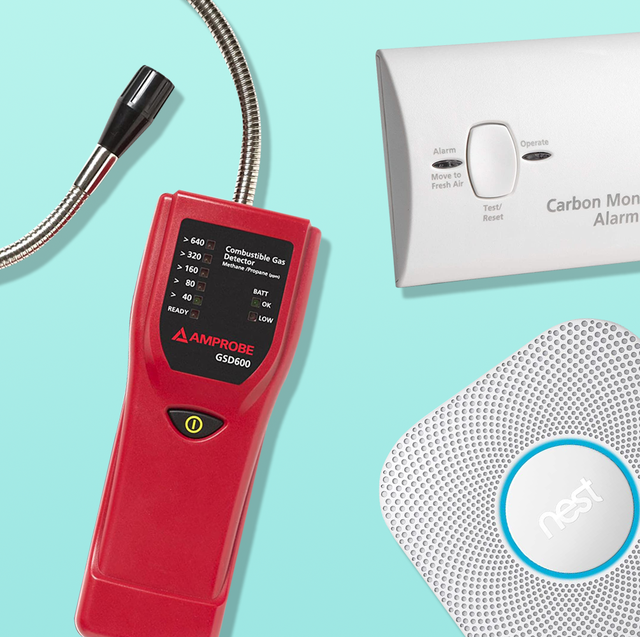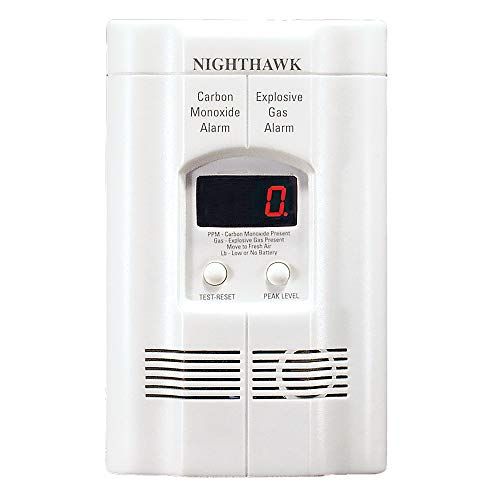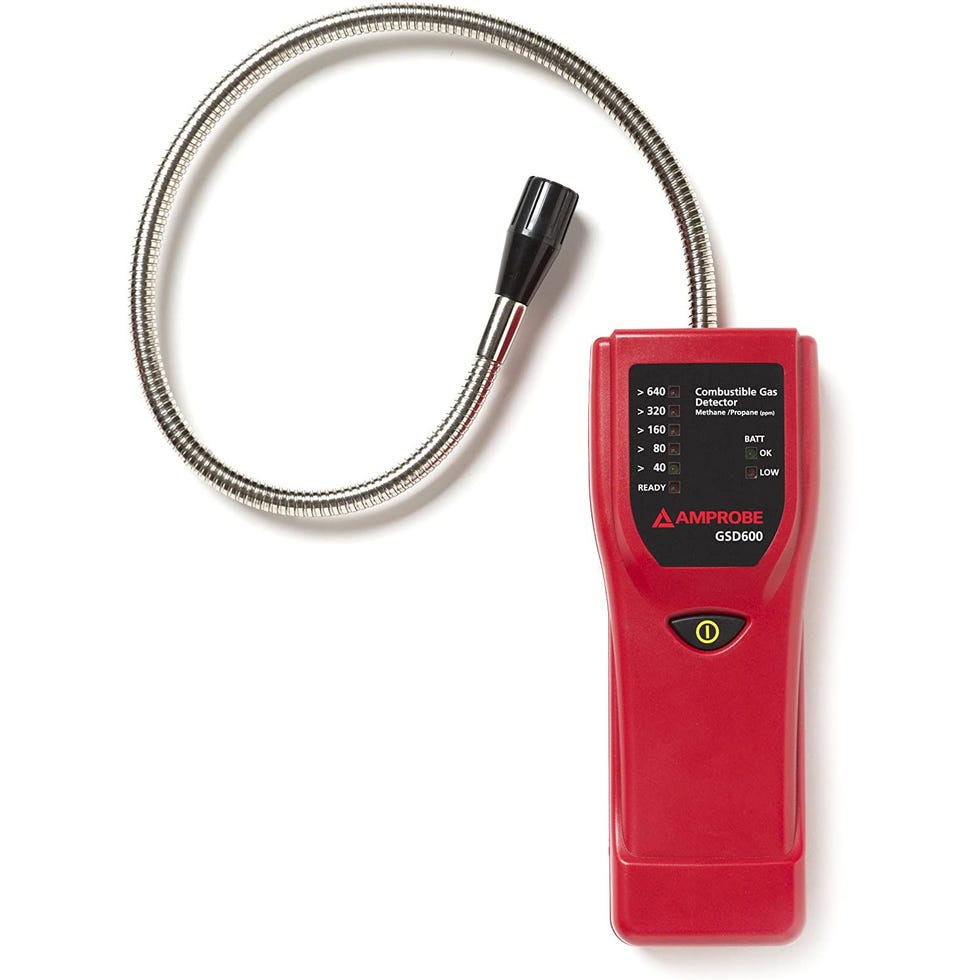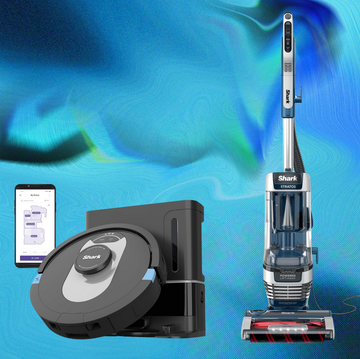7 Best Gas Leak Detectors, Tested by Home Experts
These easy-to-install sensors help you protect your home.

We've been independently researching and testing products for over 120 years. If you buy through our links, we may earn a commission. Learn more about our review process.
Catching a gas leak before it becomes a bigger problem is one of the smartest things you can do to protect your home and the people in it. “A gas leak can escalate fast, so it’s essential to have a reliable way to detect it early,” said Dan DiClerico, Home Improvement & Outdoor Lab Director at the Good Housekeeping Institute.
Whether you’re settling into a new home or updating your safety gear, a gas leak detector should be on your list. These devices can alert you to dangerous gases like natural gas, methane, propane, carbon monoxide and even radon, giving you the chance to take action before things get serious.
At the Good Housekeeping Institute, our team of engineers and analysts has spent years testing safety devices for the home. From trusted smoke detectors to smart locks and security cameras, we focus on how these products perform in real life. To find the best gas leak detectors, we tested units by exposing them to actual gas to measure how quickly and accurately they responded. We also looked at how easy they were to set up, how user-friendly their apps were, and whether they played well with other smart home tech.
Our top picks
Timothy Dahl is an experienced writer and editor covering home improvement, DIY, and lifestyle topics for nearly 20 years. With a deep background in hands-on testing and reporting, he has reviewed and worked with hundreds of tools, products, and home innovations. Timothy's work has appeared in The New York Times, Wired, and Popular Mechanics, and he's the founder of Charles & Hudson. He specializes in making complex projects accessible and is passionate about empowering homeowners with clear, actionable guidance.
Having written thousands of product reviews and how-to articles on all aspects of home ownership, from routine maintenance to major renovations, Dan (he/him) brings more than 20 years of industry experience to his role as the director of the Home Improvement & Outdoor Lab at the Good Housekeeping Institute. A one-time roofer and a serial remodeler, Dan can often be found keeping house at his restored Brooklyn brownstone, where he lives with his wife and kids.



























